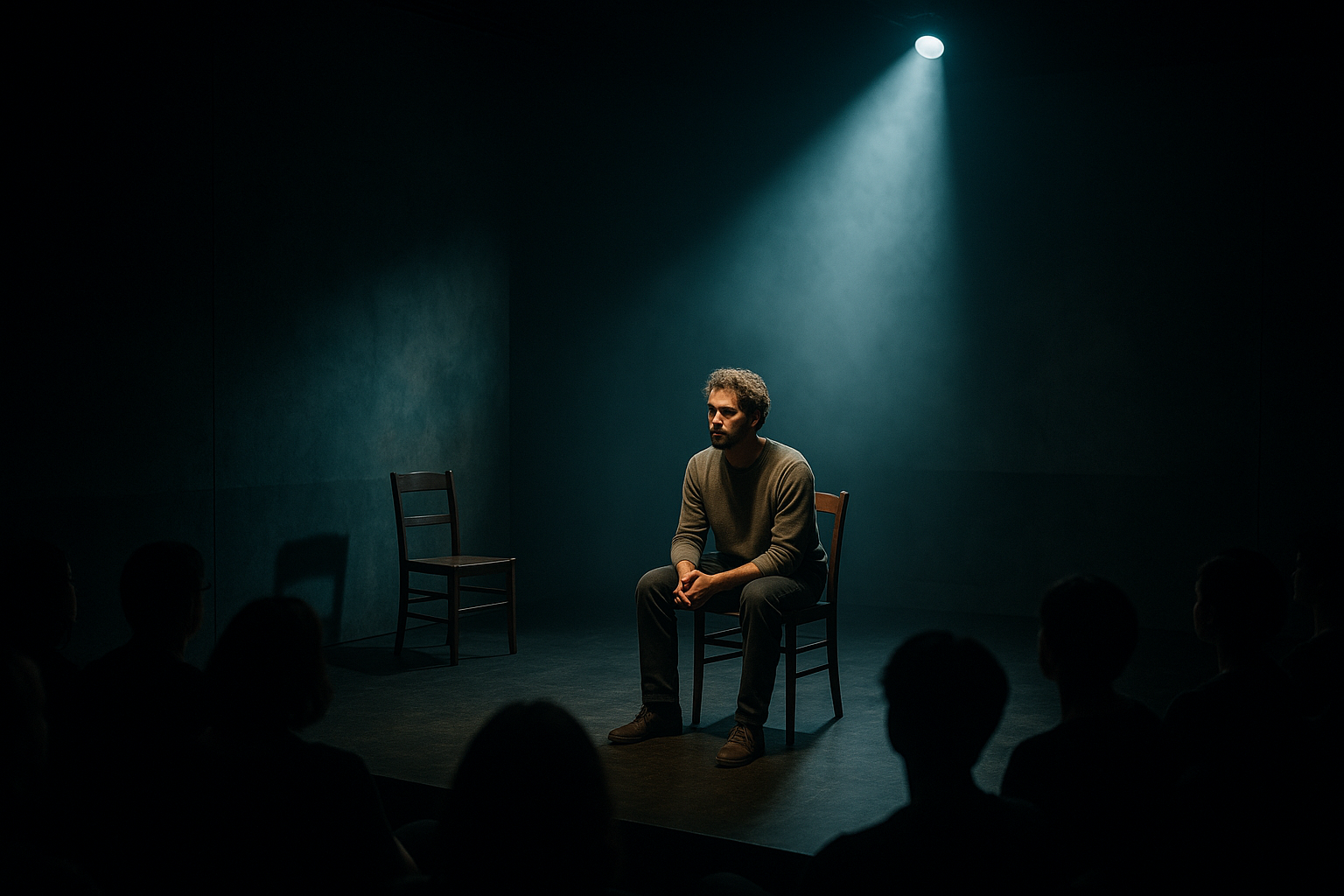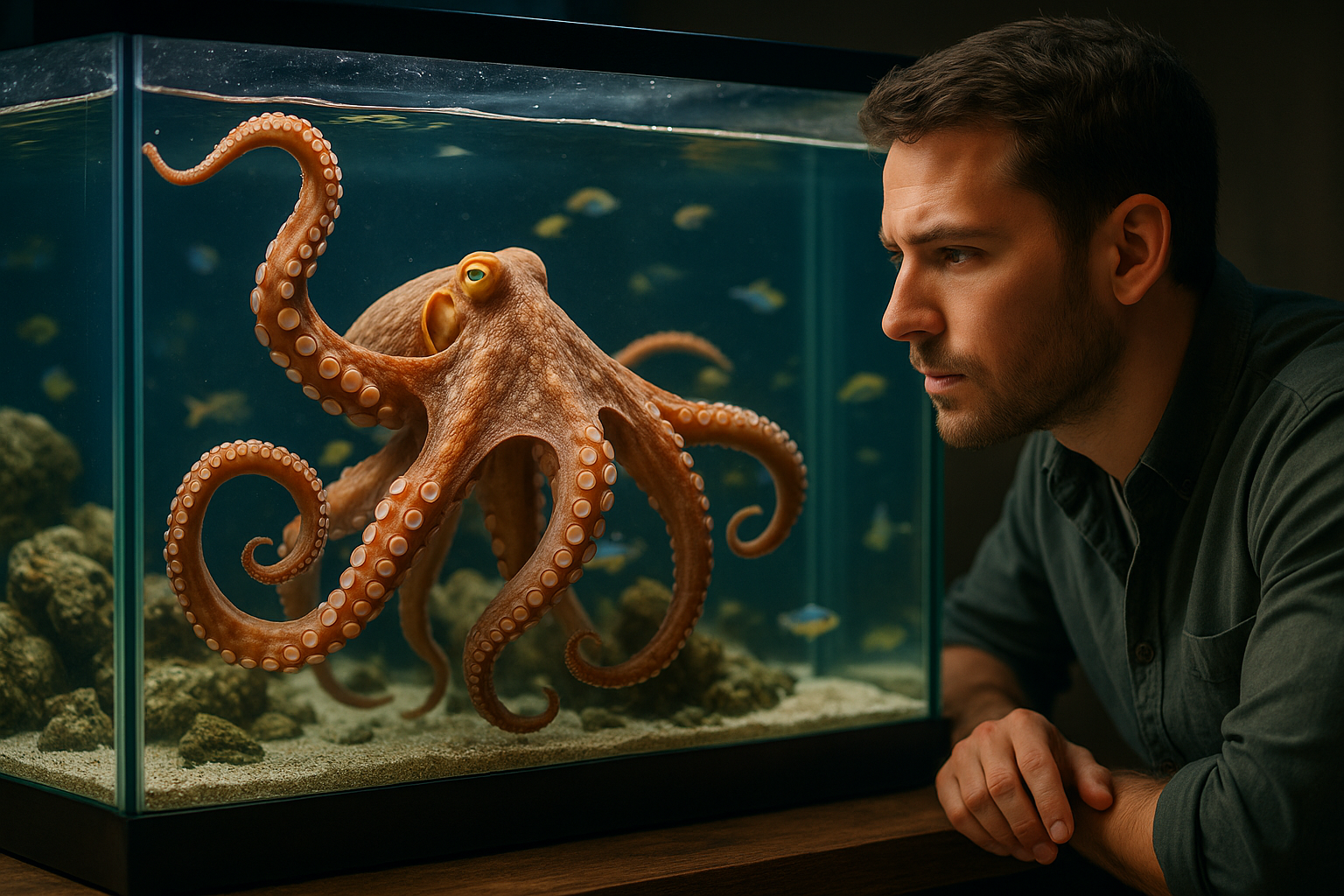"Ambient Theatre: The Quiet Revolution in Live Performance"
The stage is set, the lights dim, and an unusual hush descends. Ambient theatre, a genre that replaces extravagant dialogue and torrid soliloquies with subtle soundscapes and nuanced visual storytelling, is slowly but surely changing the landscape of live performance. In this article, we delve into the origins of this trend, its current manifestations, and its far-reaching implications for the world of theatre.

Ambient Theatre: A Historical Perspective
Ambient theatre subtly crept into the mainstream in the late 20th century, a response to the sensory overload of modern life. Unlike traditional theatre, it is not driven by a linear narrative or dialogue; instead, it relies on atmosphere, sound, and visual cues to create an immersive, shared experience for the audience. The origins of this genre can be traced back to experimental theatre movements of the 1960s and 1970s, where artists began to explore non-traditional forms of expression.
The Current Landscape of Ambient Theatre
Today, ambient theatre is witnessing a resurgence, with a number of innovative productions making waves in the theatre world. One such example is “Sleep No More,” an immersive theatrical experience inspired by Shakespeare’s Macbeth, where the audience roams through a multi-story building, interacting with the play’s environment as the story unfolds around them. This is a far cry from the proscenium-bound performances of traditional theatre, and it’s the kind of innovation that is drawing new audiences to the genre.
The Impact and Reception of Ambient Theatre
The impact of ambient theatre on the world of performing arts is significant. It has expanded the boundaries of what is considered theatre, challenging audiences to engage with performances in new and exciting ways. The reception has been largely positive, with critics praising the genre’s ability to create immersive, otherworldly experiences. However, it’s not without its detractors, who argue that the lack of a clear narrative can leave audiences feeling confused and disoriented.
The Future of Ambient Theatre
Ambient theatre continues to evolve, with artists experimenting with new techniques to create ever-more immersive experiences. Virtual and augmented reality, for example, are being incorporated into performances to deepen the audience’s engagement. While it’s unclear what the future holds for this genre, one thing is certain: ambient theatre is not just a passing fad. It’s a quiet revolution in live performance, one that is redefining the boundaries of artistic expression.
In conclusion, ambient theatre is a fascinating and rapidly evolving form of live performance. It challenges traditional theatre conventions, offering audiences a unique, immersive experience. As it continues to evolve and attract new audiences, it’s clear that this quiet revolution is here to stay.




